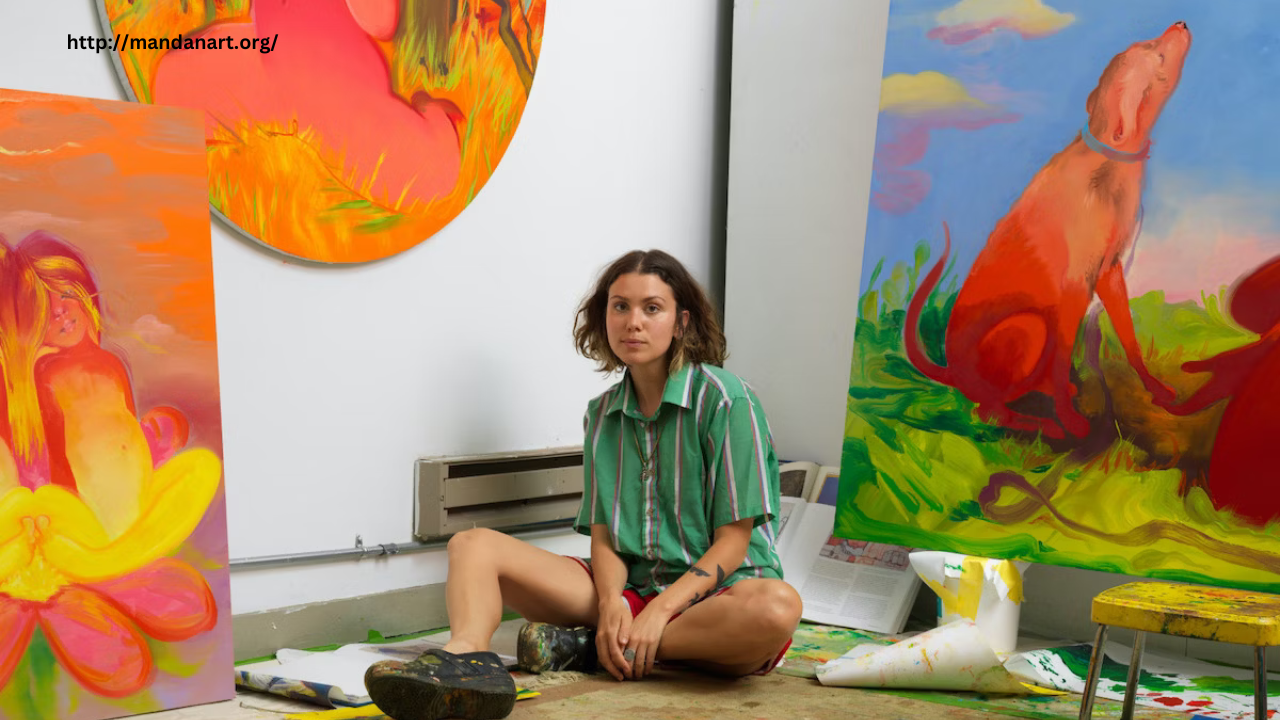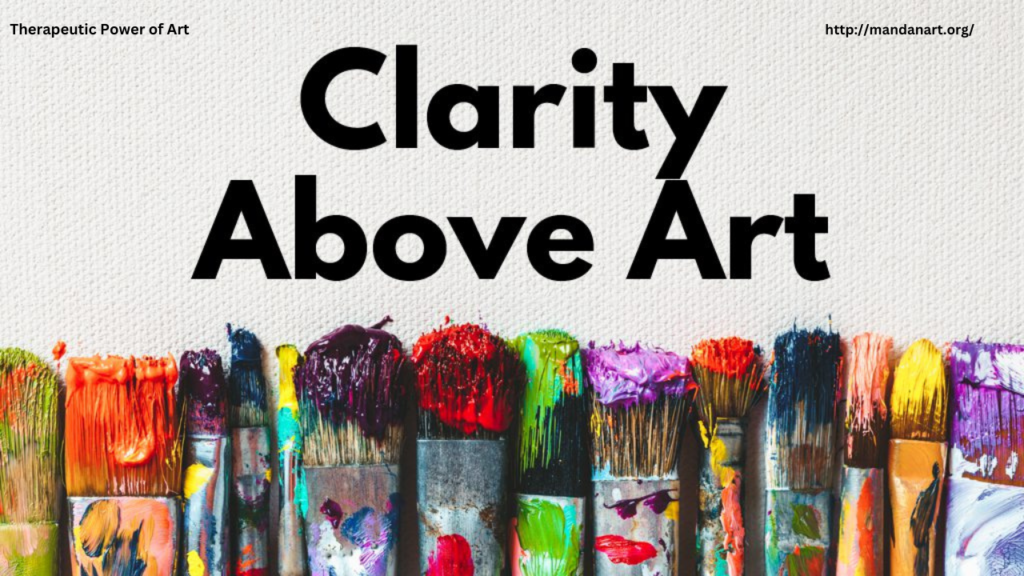 Addiction recovery is a deeply personal and often challenging journey. While traditional methods such as counseling, medication, and support groups play a crucial role in achieving sobriety, creative therapies like art therapy have emerged as powerful tools for healing and self-discovery. Art therapy provides individuals recovering from addiction with a means of expressing emotions, processing trauma, and developing healthier coping strategies. Through painting, drawing, sculpting, and other forms of artistic expression, individuals can find a new path to sobriety, one brushstroke at a time.
Addiction recovery is a deeply personal and often challenging journey. While traditional methods such as counseling, medication, and support groups play a crucial role in achieving sobriety, creative therapies like art therapy have emerged as powerful tools for healing and self-discovery. Art therapy provides individuals recovering from addiction with a means of expressing emotions, processing trauma, and developing healthier coping strategies. Through painting, drawing, sculpting, and other forms of artistic expression, individuals can find a new path to sobriety, one brushstroke at a time.
The Healing Power of Art Therapy
Art therapy is an evidence-based therapeutic approach that uses creative expression to facilitate emotional and psychological healing. Unlike traditional talk therapy, which relies heavily on verbal communication, art therapy allows individuals to convey their thoughts and feelings through visual mediums. This can be especially beneficial for those who struggle to articulate their emotions due to trauma, anxiety, or shame associated with addiction.
By engaging in artistic activities, individuals can externalize their inner struggles in a safe and nonjudgmental environment. Art therapy promotes self-exploration, encourages mindfulness, and fosters a sense of accomplishment—all of which contribute to a more positive outlook on recovery.
How Art Therapy Supports Sobriety
- Emotional Expression and Processing: Many individuals battling addiction use substances to numb painful emotions. Art therapy provides a healthier way to process and express these emotions, helping individuals work through their struggles without turning to drugs or alcohol.
- Stress and Anxiety Reduction: The act of creating art has been shown to reduce stress and anxiety levels. Engaging in creative expression helps shift focus away from negative thoughts and cravings, promoting relaxation and mental clarity.
- Building Self-Esteem and Confidence: Addiction often takes a toll on self-esteem, leaving individuals feeling powerless. Through art therapy, individuals can experience a sense of achievement and regain confidence in their abilities, reinforcing their commitment to sobriety.
- Developing Healthy Coping Mechanisms: Art therapy teaches individuals new ways to cope with triggers and cravings. By channeling their emotions into creative expression, they learn to replace destructive behaviors with positive, constructive activities.
- Enhancing Mindfulness and Presence: Art requires focus and attention to detail, encouraging individuals to stay present in the moment. Practicing mindfulness through art can help individuals develop greater self-awareness and control over their thoughts and actions.
Incorporating Art Therapy into Recovery
Many rehabilitation centers and addiction treatment programs now include art therapy as part of a comprehensive recovery plan. Group art therapy sessions foster a sense of community and support, allowing individuals to share their creations and experiences with others who understand their journey. Additionally, art therapy can be practiced independently, making it a valuable long-term tool for maintaining sobriety.
Conclusion
Painting a new future through art therapy is a powerful and transformative path to sobriety. By providing a safe and expressive outlet for emotions, art therapy empowers individuals to heal, develop resilience, and embrace a healthier, substance-free life. With each stroke of a brush or line on a canvas, individuals in recovery can create a future filled with hope, purpose, and lasting sobriety.
